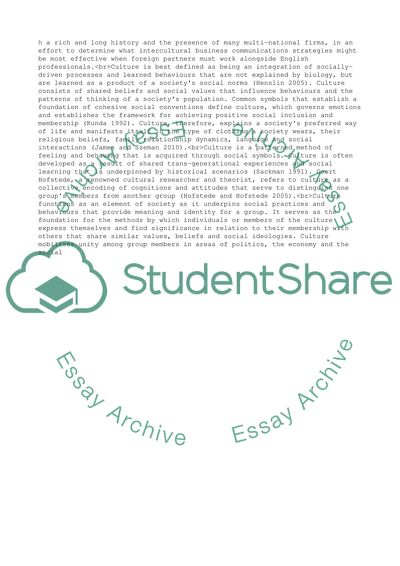Cite this document
(Project on Intercultural Communication Essay Example | Topics and Well Written Essays - 2500 words, n.d.)
Project on Intercultural Communication Essay Example | Topics and Well Written Essays - 2500 words. https://studentshare.org/business/1847552-project-on-intercultural-communication
Project on Intercultural Communication Essay Example | Topics and Well Written Essays - 2500 words. https://studentshare.org/business/1847552-project-on-intercultural-communication
(Project on Intercultural Communication Essay Example | Topics and Well Written Essays - 2500 Words)
Project on Intercultural Communication Essay Example | Topics and Well Written Essays - 2500 Words. https://studentshare.org/business/1847552-project-on-intercultural-communication.
Project on Intercultural Communication Essay Example | Topics and Well Written Essays - 2500 Words. https://studentshare.org/business/1847552-project-on-intercultural-communication.
“Project on Intercultural Communication Essay Example | Topics and Well Written Essays - 2500 Words”. https://studentshare.org/business/1847552-project-on-intercultural-communication.


